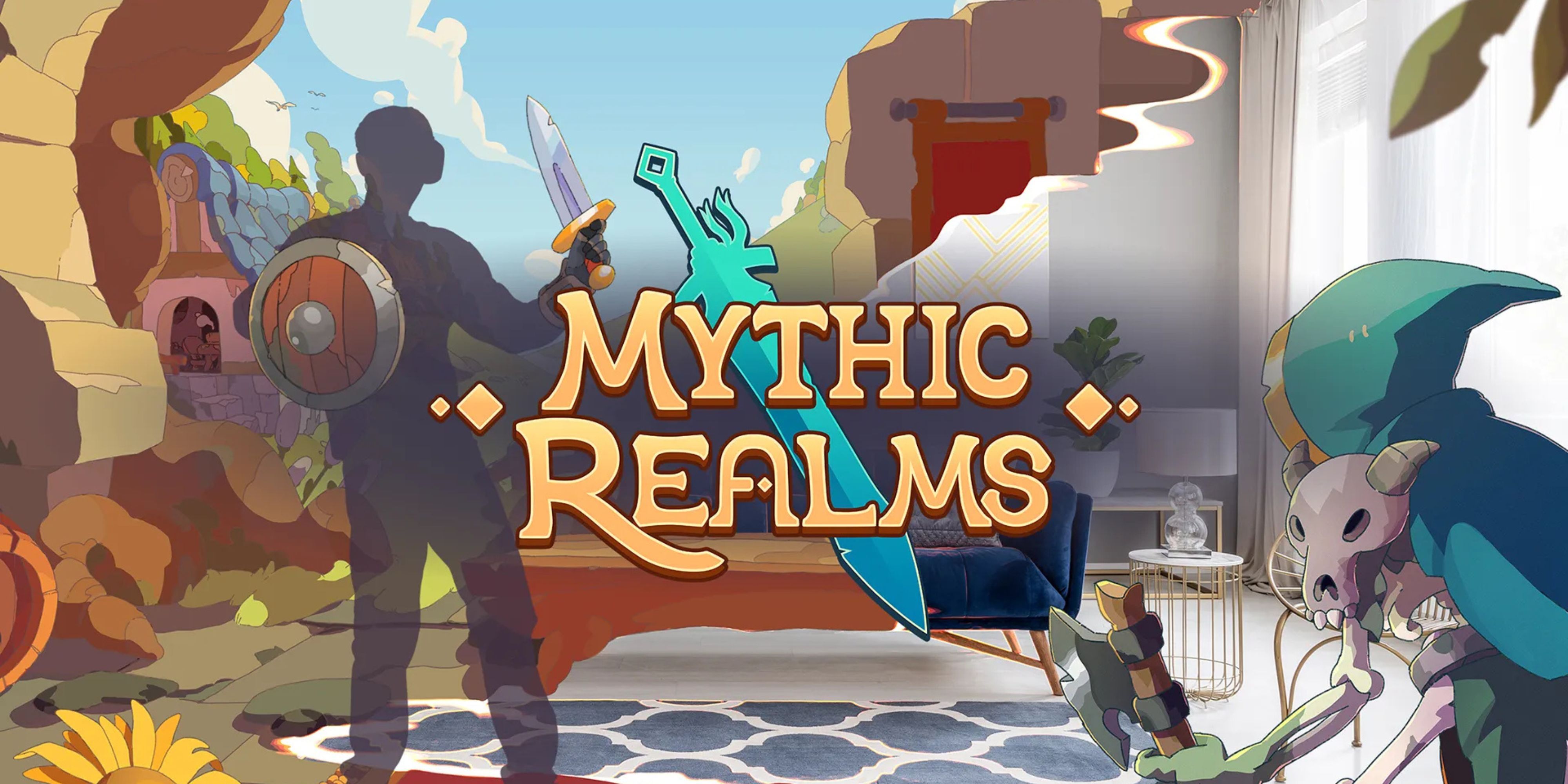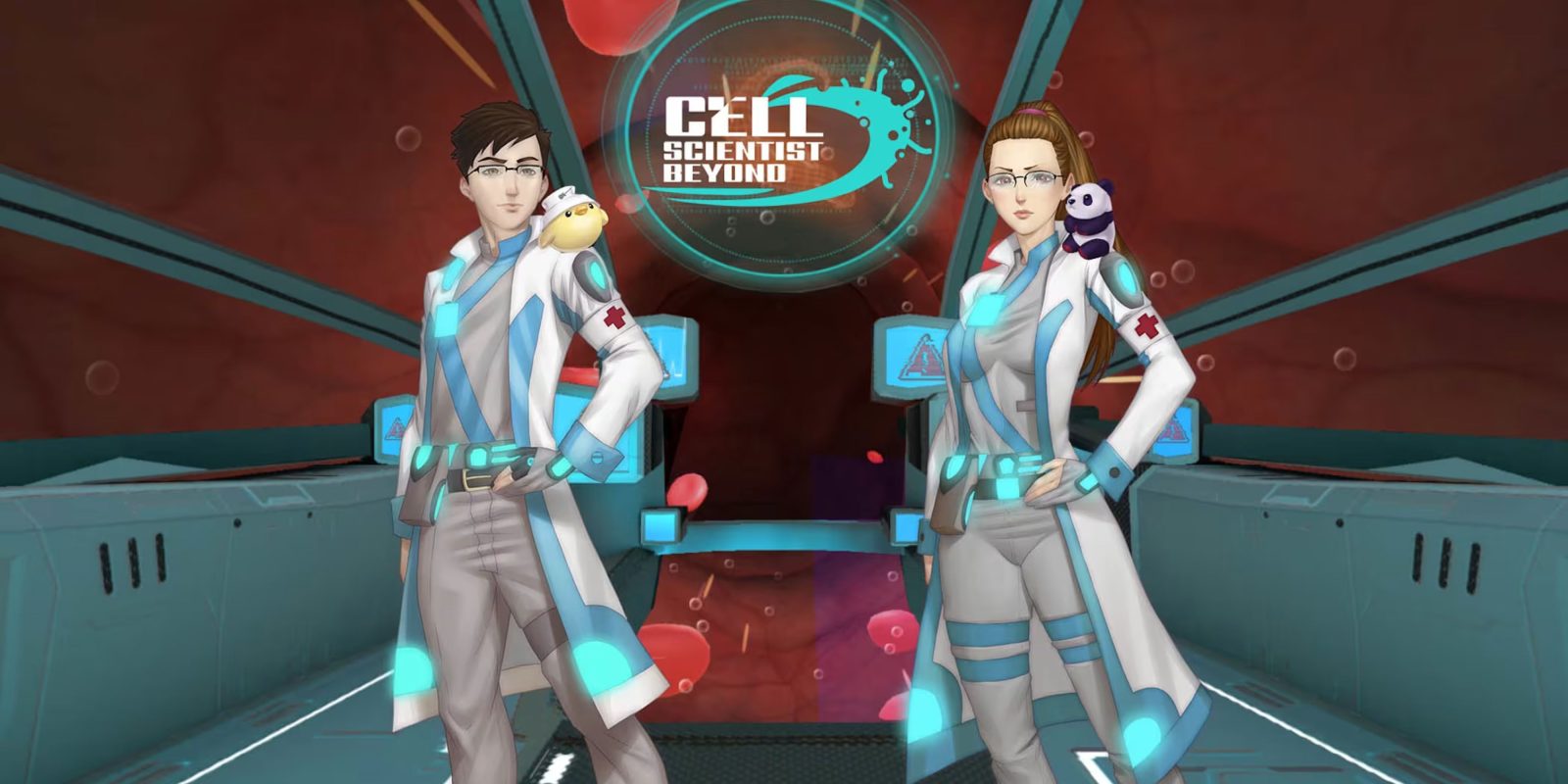Scientists in the future apparently got tired of traditional medicine and decided the best way to fight viruses was to shrink themselves down and personally pilot ships through the human body. That’s already a wild enough premise, but Cell Scientist: Beyond gets even more interesting: every ship naturally moves in a perfect circle, and the entire game revolves around figuring out how to break that circle in increasingly creative ways.
The game has this fascinating focus on orbital physics. Each nano-ship maintains its circular path until it encounters anchor points, which bend and reshape its trajectory through microscopic space. “You use anchors or circles. You are changed for the trajectory to left or right, for inside or outside,” explains Ivonne, a producer from R-Next, at MIGS 2024. These anchors transform basic circular orbits into winding paths, letting ships weave through cellular structures to reach and eliminate viral threats.

Related
Transform Your Room Into A Dungeon Adventure With Mythic Realms
Turn everyday spaces into fantasy dungeons with this innovative roguelite RPG.
Mastering Orbital Physics With Cell Scientists: Beyond
Colombian developer R-Next spent years refining this oddly specific concept, and it shows. The early stages introduce the basics of anchor manipulation, how to use them to adjust orbits outward or pull them inward for tighter paths. By the later levels, these simple tools combine in clever ways, creating intricate routes through increasingly complex cellular landscapes.
The local multiplayer mode is where things get properly chaotic. Two players control separate ships simultaneously, trying to coordinate multiple orbital paths like some kind of microscopic mission control. “The idea is collaborate,” notes Ivonne, in what might be the understatement of the year. It transforms already tricky spatial puzzles into exercises in synchronized swimming, except the swimmers are spaceships, and the pool is someone’s bloodstream.
From Mobile to Console: The Game’s Journey
The whole thing started as an experimental mobile project back in 2018, funded by the Colombian government. That version caught a Japanese publisher’s eye and is headed to Japan and South Korea, while this expanded edition just dropped on October 30th for Nintendo Switch, Xbox consoles, and Steam at $6.99 ($8.99 CAD). R-Next is already plotting VR versions for PlayStation and MetaQuest in 2025, which sounds equally brilliant and terrifying.
What’s remarkable is how the game keeps finding new ways to challenge players without piling on unnecessary complications. There are five power-ups to unlock with coins from completed levels, but the core mechanics never change, it’s always about mastering the art of controlled orbital chaos. The roughly four-hour campaign feels like a crash course in gravitational thinking, where curved paths read like musical notes.
Rather than bog itself down with realistic cellular structures, R-Next turned the human body into this striking abstract playground. The whole game has this clean, stylized look that makes fighting viruses feel more like conducting a symphony in space. It’s no wonder the game caught attention at both ID@Xbox Demo Fest and BIG Festival 2023 – there’s really nothing else quite like it.
Cell Scientist: Beyond is the kind of puzzle game that could only exist because someone became completely obsessed with a single idea: what if saving lives meant learning to break perfect circles? The result is this wonderfully weird experiment in orbital physics that turns viral warfare into a dance of curved paths and carefully timed gravitational pulls. In a genre full of block-pushing and color-matching, here’s a game that dares to think in spirals.













Leave a Reply